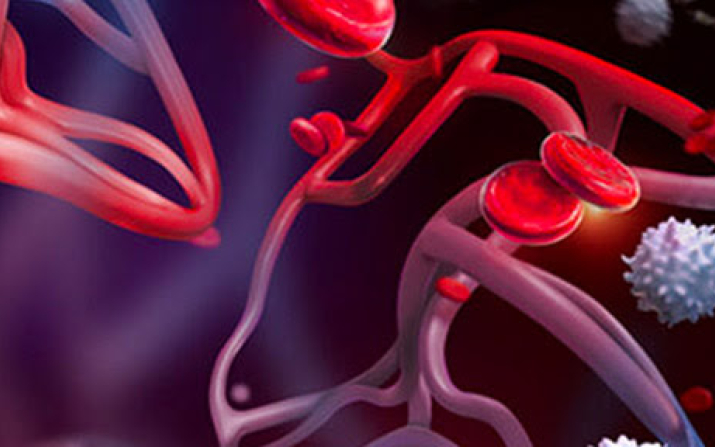Engineering Dean Ragu Balakrishnan named to national task force seeking to strengthen academic partnerships between universities in the U.S. and India
Student engineers’ work featured on NBC Nightly News
CBS 60 Minutes featured research by CWRU biomedical engineers Dustin Tyler, Bolu Ajiboye to restore sense of touch for amputees and people with paralysis
Engineering students work to provide clean water to residents of the Dominican Republic
PhD student wins funding from NASA and develops multidisciplinary team of undergraduate students to build novel machine
VCIC team places 3rd at national competition with help of two engineering students
New Faculty Spotlight: Melinda Lake-Speers
New Faculty Spotlight: Brian Taylor
CWRU brings home first place at Autonomous Snowplow Competition
National Academy of Inventors names eight Case Western Reserve University researchers to 2023 class of senior members
Spartan Showcase: Sebastian Saintignon
Quest for blood surrogate gets $46 million boost: Case Western Reserve plays key research role
Spartan Showcase: Franco Kraiselburd
Supersonic science: Case Western Reserve University to conduct 9,000 mph ballistics tests into water tank













